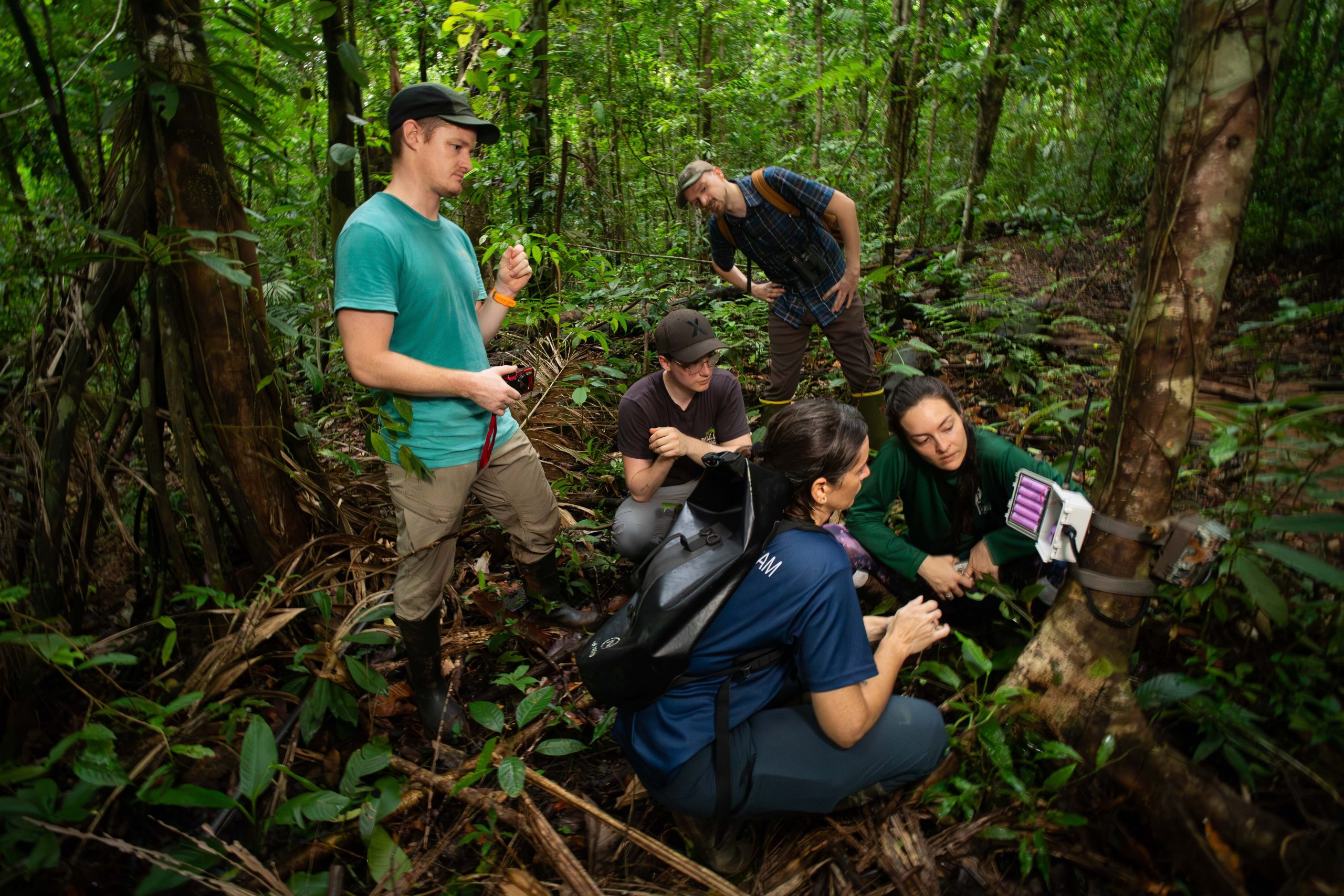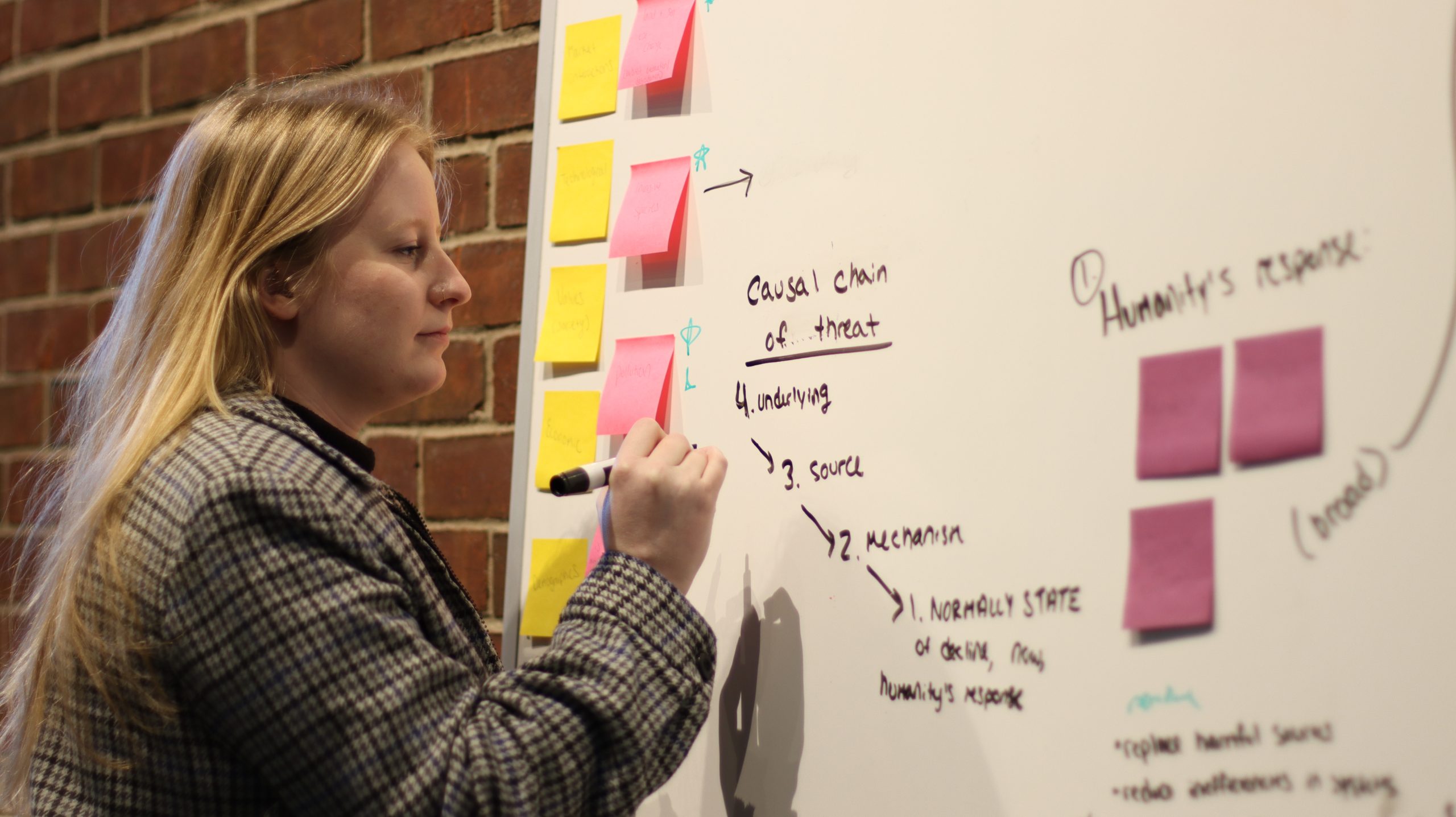By Rachel Martin, Extinction Solutions Index and Research Manager, Conservation X Labs
Today we celebrate World Nature Conservation Day, a day to raise awareness of the need to preserve nature and take urgent action to address conservation challenges. Our planet is headed towards a period of extraordinary change: a sixth mass extinction. Drivers of biodiversity loss such as climate change and invasive species, which directly impact biodiversity and ecosystems, have worsened. Existing approaches have led to many successful conservation initiatives but have been unable to reverse biodiversity loss trends.
Eight years ago, Conservation X Labs (CXL) began working with a new vision to transform conservation by accelerating innovation and technology to reverse these alarming trends. CXL is systems-focused and involves solving problems where they start, as opposed to merely alleviating symptoms. We harness the power of directed and open innovation, resulting in revolutionary technologies like the Sentinel, a wildlife monitoring tool powered by artificial intelligence, and the NABIT, a low-cost, hand-held, field-ready tool that will transform trafficking enforcement and could alleviate major agricultural and public health concerns. We also run prizes and challenges to bring multi-sector and cross-industry intelligence to bear in solving the world’s toughest environmental problems, and then invest in the winners to scale their impact.

The CXL team works with Osa Conservation to install an AI-powered Sentinel camera in Costa Rica that will track jaguars, tapirs, and other endangered wildlife. Photograph: Luca Eberle
But with all the threats to biodiversity, how do we prioritize which solutions to generate and scale? My work at the organization is focused on addressing the underlying drivers of the extinction crisis and quantifying potential solutions based on their impact, scalability, and cost-effectiveness. We are doing this through a framework called the Extinction Solutions Index (ESI), which will evaluate, rank, and compare the effectiveness of solutions on biodiversity loss. We aim to provide a roadmap, much like Project Drawdown did for climate, for preventing extinctions and work to answer questions like: What solutions should we be investing in to preserve species and biodiversity? How can we reinvent our approach to solving the extinction crisis by harnessing markets and entrepreneurship? Solutions could be more traditional ideas like decreasing beef consumption or identifying a need for novel technologies, like synthetic biology. Once we can evaluate and compare these solutions, we can scale what is needed most urgently.
To kick off this program, we held a workshop last summer which brought together thought leaders in conservation, technology, and innovation to reflect on how to create a measurable, solution-focused approach to biodiversity conservation. We then synthesized the knowledge and expertise that came out of this event to establish the ESI research framework. In 2023, we launched monthly research partner calls to advance this work, which will be shared at an event kicking off Climate Week 2023 – the Extinction Solutions Index Big Think . At the Big Think, we will collectively enhance the framework design and gather the first set of solutions for analysis and evaluation.

Rachel Martin summarizes the research behind the Extinction Solutions Index, linking underlying drivers to changes in biodiversity. Photograph: Conservation X Labs
Last December, the Fifteenth meeting of the Conference of the Parties to the Convention on Biological Diversity (CBD) saw the adoption of the Kunming-Montreal Global Biodiversity Framework (GBF), a historic framework which sets out an ambitious pathway to reach the vision of a world living in harmony with nature by 2050. As we move from this agreement to action, we must harness science and technology to pick up the pace needed to get ahead of global conservation challenges. By identifying what should be done to prevent extinctions and promote biodiversity recovery, we can target our efforts to engineer and implement solutions that have the biggest impact. With the ESI in hand, actors across industries and fields will be empowered to rapidly advance solutions to prevent the sixth mass extinction.
Recent posts
